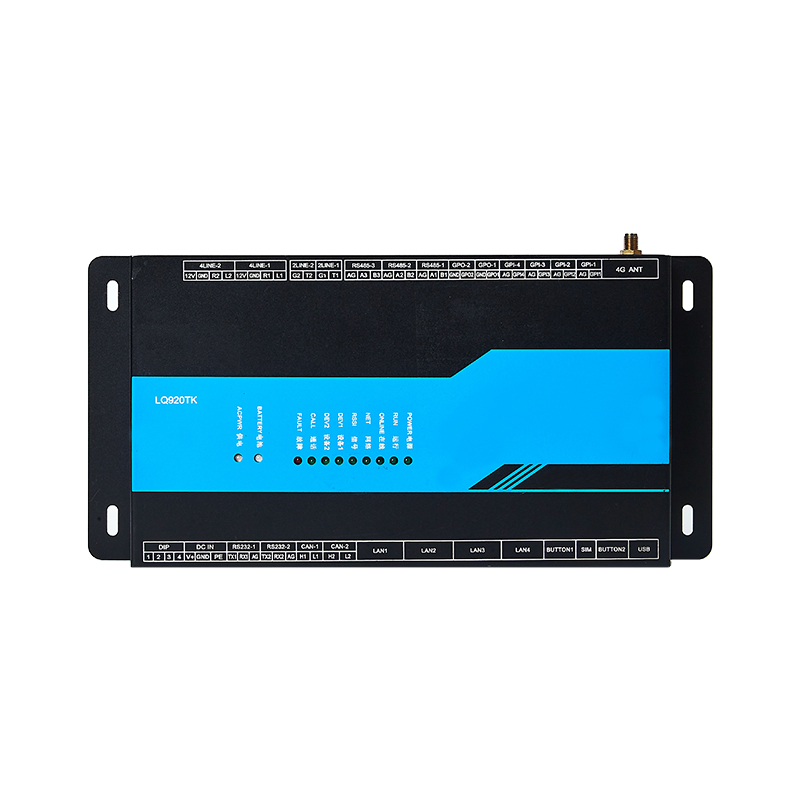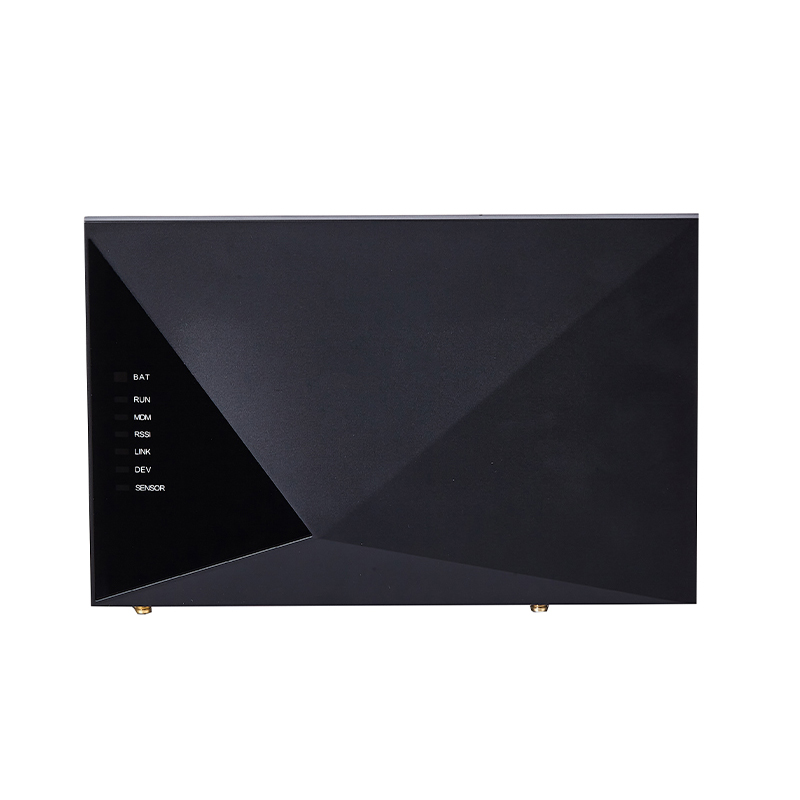How can industrial routers ensure communication quality in environments with strong electromagnetic interference?
Release Time : 2025-11-21
In industrial environments with strong electromagnetic interference, industrial routers require multi-dimensional technological collaboration to ensure stable communication quality. Their core design logic revolves around four main areas: electromagnetic shielding, signal purification, redundancy backup, and intelligent management, forming a complete solution from hardware protection to software optimization.
Electromagnetic shielding at the hardware level is the first line of defense against interference. Industrial routers generally employ an all-metal casing design, using high-permeability materials (such as aluminum alloy and stainless steel) to construct a closed electromagnetic shield, effectively blocking external electromagnetic waves. Critical areas such as casing seams, vents, and interfaces require special treatment: seams are eliminated using welding or riveting processes, vents are fitted with metal mesh or honeycomb shielding plates, and interfaces use shielded connectors with reliable grounding of the shielding layer. Internal circuitry also implements zoned shielding, with sensitive components such as the main control unit and communication modules equipped with independent shielding covers to reduce internal electromagnetic radiation interference to other components. For example, when a certain model of industrial router was tested near a large motor, its all-metal casing and multi-layered shielding design enabled the device to maintain signal stability even in a strong electromagnetic field.
Signal transmission purification is crucial for ensuring communication quality. Industrial routers utilize filtering technology to eliminate conducted interference from cables. All power and data lines use dedicated shielded cables, and feedthrough capacitors and filters are installed at interfaces to suppress high-frequency noise. For high-frequency digital signals, differential transmission technology enhances anti-interference capabilities, transmitting information through the voltage difference between two complementary signal lines to effectively cancel common-mode interference. Furthermore, the router's communication module incorporates an adaptive filtering algorithm that dynamically adjusts filtering parameters, automatically enhancing noise suppression when signal quality deteriorates to ensure accurate data transmission.
Redundancy design provides dual protection for communication links. Industrial routers support dual-band backup, operating simultaneously on both 2.4GHz and 5GHz bands. When the primary band is interfered with, it automatically switches to the backup band for seamless connectivity. Link aggregation technology bundles multiple physical links into logical links, not only increasing bandwidth but also providing link-level redundancy—if a link fails, data is automatically diverted to other working links, preventing communication interruptions. In a wind farm case study, the industrial router connects multiple wind turbines via link aggregation, maintaining data transmission even when a single fiber optic cable fails, ensuring continuous operation of the monitoring system.
Intelligent management technology further optimizes communication efficiency. The industrial router has a built-in fault detection mechanism that monitors network status in real time. Upon detecting signal attenuation or an increase in error rate, it immediately triggers automatic restart or frequency band switching. Remote management allows maintenance personnel to adjust equipment parameters via the network, such as switching to a more interference-resistant channel or optimizing transmission power, without on-site operation. Some high-end models also support AI algorithms to predict interference trends and adjust communication strategies in advance. For example, in scenarios with periodically increasing electromagnetic interference, it can switch to a backup frequency band or reduce the data transmission rate to ensure stability.
Power system stability also affects communication quality. The industrial router adopts a wide voltage input design to adapt to unstable power supplies, and has built-in overvoltage and overcurrent protection mechanisms to prevent damage from power fluctuations. The dual-power redundancy design supports simultaneous operation from two power sources. When the main power supply fails, it automatically switches to the backup power supply to ensure continuous operation. In a case study of a chemical plant, the industrial router, with its redundant power supply design, achieved zero-interruption communication and ensured real-time transmission of production data in an environment with frequent voltage fluctuations.
Interface protection technology provides security for device connections. The industrial router's Ethernet port has built-in 1.5kV electromagnetic isolation protection to withstand strong electric field attacks; the serial port and SIM card slot are equipped with 15kV ESD electrostatic protection to prevent electrostatic discharge damage. These protective measures are particularly important in scenarios with strong electromagnetic interference, such as welding workshops, where static electricity and strong electric fields can intrude into equipment through interfaces. The industrial router's multiple protections effectively isolate such risks.
From electromagnetic shielding with a metal casing to dynamic optimization with intelligent algorithms, the industrial router constructs a complete defense against electromagnetic interference through four major technical systems: hardware hardening, signal purification, redundancy backup, and intelligent management. These technologies not only ensure communication quality but also endow the industrial router with stable operation capabilities in extreme environments, making it an indispensable network infrastructure in industrial automation, intelligent manufacturing, and other scenarios.







